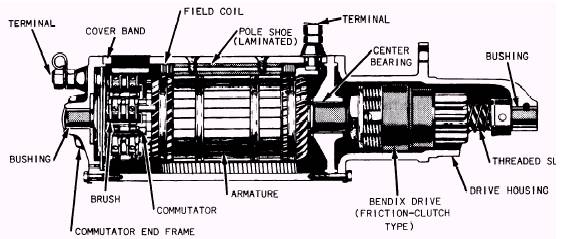I have a Long diesel tractor that my grandfather has given to me. It has been sitting for probably 2 years without having been started or ran at all. I've messed with it some but no luck. I have connected jumper cables to the probably beyond-dead battery and tried to crank it, but absolutely nothing occurs when I try the start switch. I can't get it to even make a sound and can't hear anything happening at all with the starter.
I'm not at all a diesel mechanic and am wondering what I should do at this point. I've done some reading on diesel engines in the web and it sounds like these engines have glow-plugs rather than spark-plugs. (I have worked on gasoline auto engines in the past, but never diesels). Any assistance or ideas at all about what I should do to get the engine to respond to the start switch will be greatly appreciated. I realize the oil, diesel, and coolant probably need to be drained and replaced.
I'm not at all a diesel mechanic and am wondering what I should do at this point. I've done some reading on diesel engines in the web and it sounds like these engines have glow-plugs rather than spark-plugs. (I have worked on gasoline auto engines in the past, but never diesels). Any assistance or ideas at all about what I should do to get the engine to respond to the start switch will be greatly appreciated. I realize the oil, diesel, and coolant probably need to be drained and replaced.



